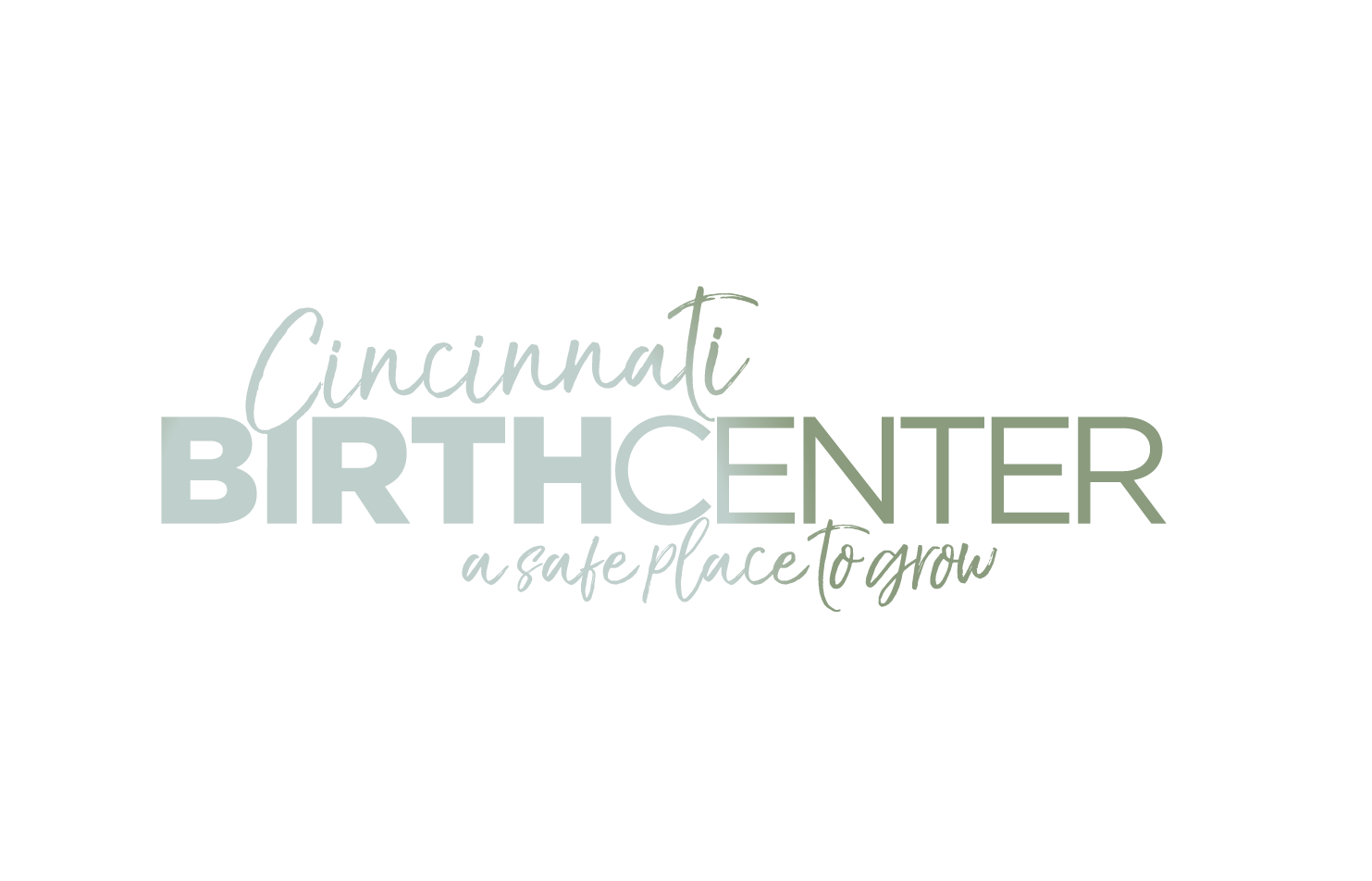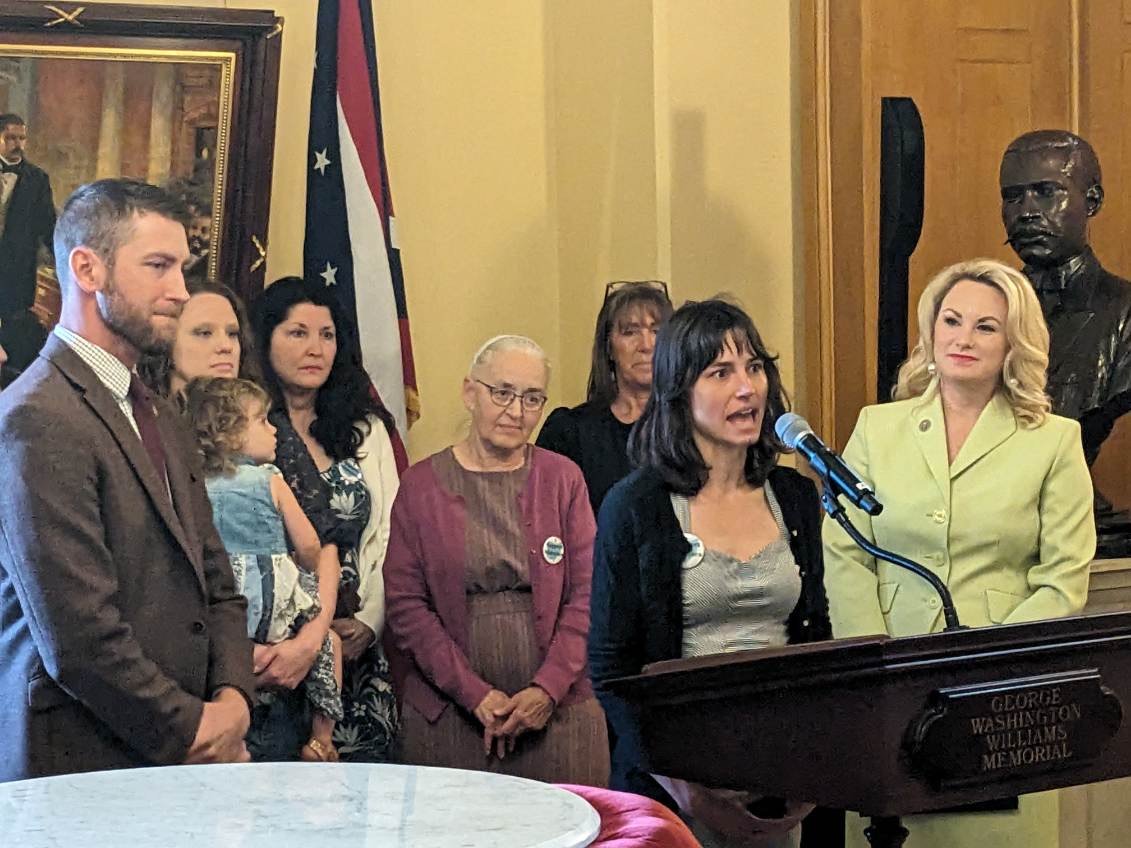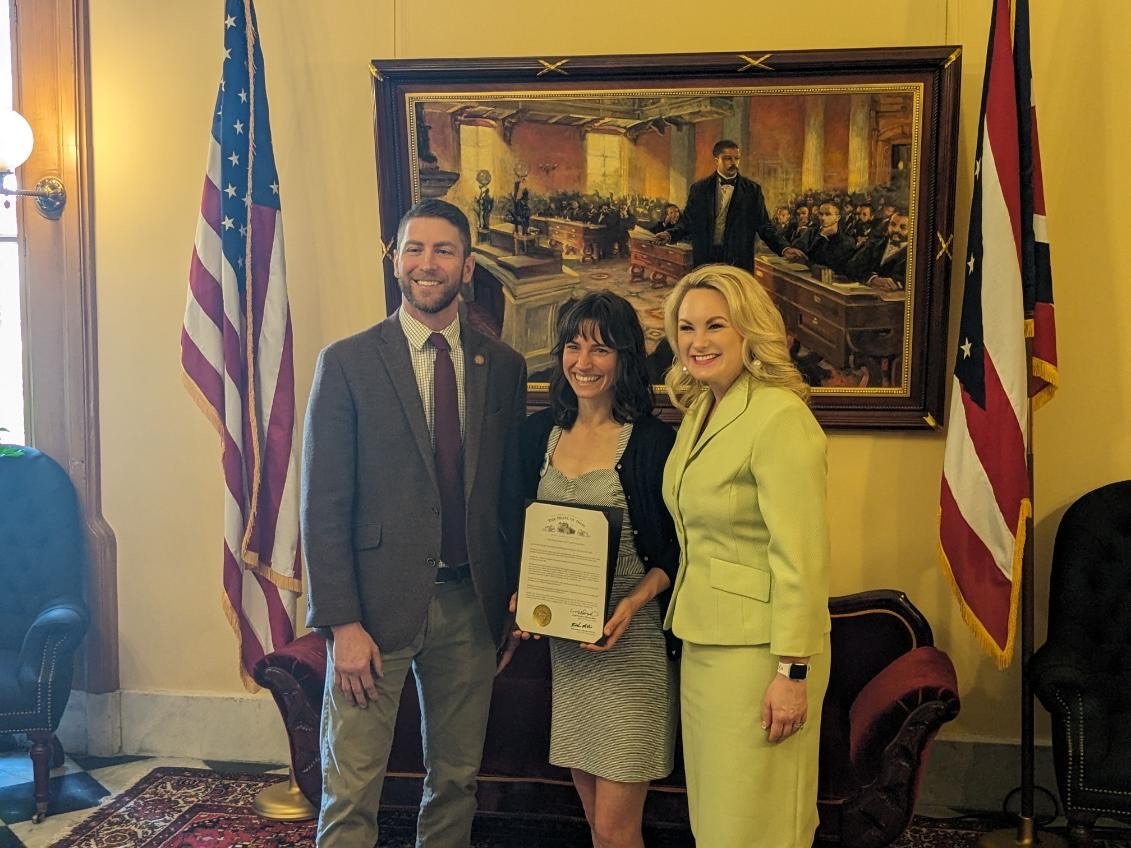Midwifery Legislation in Ohio
/Meghan speaking at the capitol
Midwife legislation has experienced a lot of evolution in the United States. Regulations vary across all 50 states depending on how each approaches healthcare, autonomy, and professional standards.
Ohio is currently a focal point with a bill in review which could open up midwife licensure and integration into healthcare. Our very own Meghan Nowland recently visited the state capitol and advocated for midwifery legislation, coinciding with the International Day of the Midwife on May 5, 2024!
Midwife Regulation in the US: CNMs vs CPMs
Midwifery is governed by a web of state-specific laws and regulations across the U.S. These laws typically distinguish between Certified Nurse-Midwives (CNMs) and Certified Professional Midwives (CPMs).
CNMs generally enjoy broader practice privileges due to their nursing background and advanced education. CNMs are licensed in all 50 states and are usually authorized to practice in hospitals, birth centers, and home settings.
CPMs, on the other hand, tend to work exclusively at home births and birth centers and face more restrictive licensing laws. Only 36 states have specific licensure pathways for CPMs, which leaves them advocating for their right to practice.
Ohio Legislation - House Bills 496 & 545
In 2022, House Bill 496 was introduced which would allow midwives to become licensed and fully integrated into the healthcare system.
Meghan with State Representatives Riordan McClain & Melanie Miller
As of May 2024, House Bill 545 was also introduced into the 135th General Assembly to further the cause of midwife regulation.
The proposed legislation, backed by a coalition of midwifery advocacy groups, healthcare professionals, and lawmakers, seeks to create a regulatory framework that acknowledges the competencies of CPMs while ensuring safety and quality standards.
The bills have received substantial support from both the public and professional communities. Proponents argue that formal licensure will enhance access to midwifery services, particularly in underserved rural areas where traditional healthcare facilities are sparse. It will also integrate CPMs into the broader healthcare system, providing better collaboration and emergency care protocols.
Currently, we are facing a shortage of midwives due to restrictive regulations. The enactment of these bills will increase the number of those who can practice and will open up employment opportunities in Ohio.
To summarize, the formal licensure of CPMs would:
Enhance Access to Care: By providing a clear regulatory framework, the bills will likely increase the number of practicing CPMs, improving access to midwifery services, particularly in rural and underserved communities.
Integrate Midwifery into Healthcare: The bills will foster greater collaboration between midwives and other healthcare providers, promoting a more integrated and comprehensive approach to maternal and infant health.
Standardize Quality and Safety: By setting educational and practice standards, the bills aim to ensure high-quality care and enhance patient safety, addressing concerns about the variability in midwifery practices.
Improved Outcomes: This change could potentially improve maternal and infant outcomes by providing more birthing options and integrating midwifery more fully into prenatal and postnatal care frameworks.




